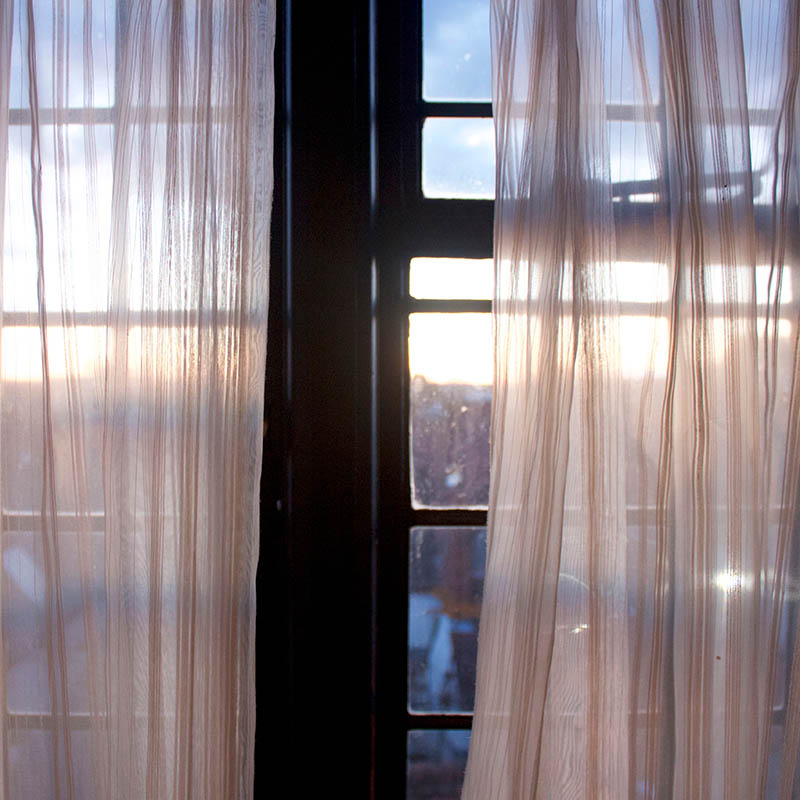
By: Philip S.
Year: 2022
School: Oxford Academy
Grade: 11
Science Teacher: Kim Nguyen
Light is an essential element that allows us to see the world around us. However, the behavior of light can be quite complex, especially when it interacts with different media. Lateral shift is a phenomenon that occurs when light travels from one medium to another and then back to the original medium, causing a shift in the position of the object being viewed. This shift can significantly affect vision, especially when looking through windows. In this science project, 11th grader Philip investigated the prevalence of lateral shift and how it affects vision through windows.
Experiment 1: Direct Observation of Lateral Shift
The first experiment involved the direct creation of a typical scenario where light travels from one medium to another and then back to the original medium. Philip measured the lateral shift at various angles to determine the prevalence of the effect. The measurements were taken on a piece of glass with a thickness of 0.2 cm. The results showed that the prevalence of lateral shift was significant, as defined by measurements greater than a quarter of the medium’s thickness at the 60-degree angle mark. Other angles were also measured to confirm the prevalence of the effect.
These findings support the significance of the effect in windows. They suggest that lateral shift can cause a significant shift in the position of objects when viewed through windows, depending on the angle at which they are observed. The results from this experiment confirm the hypothesis that lateral shift is a light ray refraction-based phenomenon that may significantly contribute to altering vision through windows.
Experiment 2: Hypothetical Eye and Window Simulation
The second experiment involved the use of a hypothetical eye and a piece of glass simulating a window to determine how lateral shift affects vision at different positions. The experiment aimed to investigate how the position of an object relative to the window affects the virtual image formed by lateral shift. The results showed that as the angle of an object increases, the proportional effect of lateral shift on seeing the object through windows increases. However, as the distance of the object from the eyes increases, the proportional effect of lateral shift on seeing the object through windows decreases.
Unfortunately, the results from the second experiment were inconclusive due to large errors. These errors made the results unreliable and therefore made the experiment inconclusive. However, despite this limitation, the results from the first experiment can be reasonably generalized to other thicknesses, such as those of real windows at around 0.2 cm, based on the accuracy of other results with water, which has a different thickness.
Conclusion
In conclusion, lateral shift is a phenomenon that occurs when light travels from one medium to another and then back to the original medium, causing a shift in the position of the object being viewed. The results from this science project indicate that lateral shift can significantly affect vision through windows, depending on the angle at which objects are observed. The findings also suggest that the thickness of the glass can play a significant role in the prevalence of lateral shift.
